A ghostly cub unlike any other
The cub was named Itzae, meaning “Gift of God” in Mayan, a name that perfectly captures the wonder surrounding its existence.
Albino pumas are nearly mythical in the animal world. Only three others have ever been documented globally, making Itzae the fourth known albino puma in recorded history. For conservationists, researchers, and wildlife enthusiasts alike, this extraordinary birth represents a moment that transcends biology—it’s a living reminder of nature’s unpredictability and its endless capacity for awe.
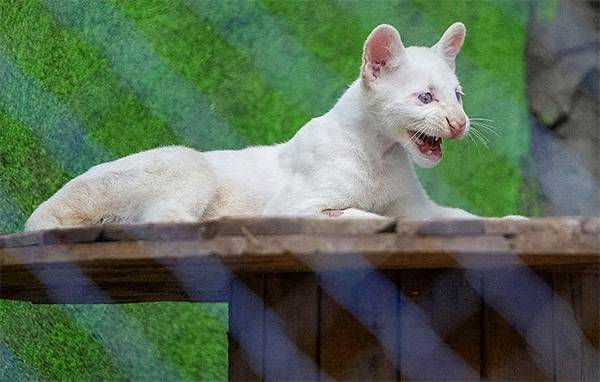
Itzae’s arrival has transformed Nicaragua’s Thomas Belt Zoo into a center of scientific curiosity and public fascination. Visitors travel from far and wide to witness what many call “The White Ghost of Nicaragua,” a name that reflects both the cub’s ethereal appearance and its incredible rarity.
What makes albino pumas so rare
Albinism in animals is caused by a genetic mutation that prevents the production of melanin, the pigment responsible for color in skin, eyes, and fur. In pumas—creatures typically known for their tawny or golden coats—this mutation results in striking white fur and pale eyes. But the condition also brings challenges. Without melanin, animals like Itzae are more vulnerable to sunlight, which can cause skin and vision problems.
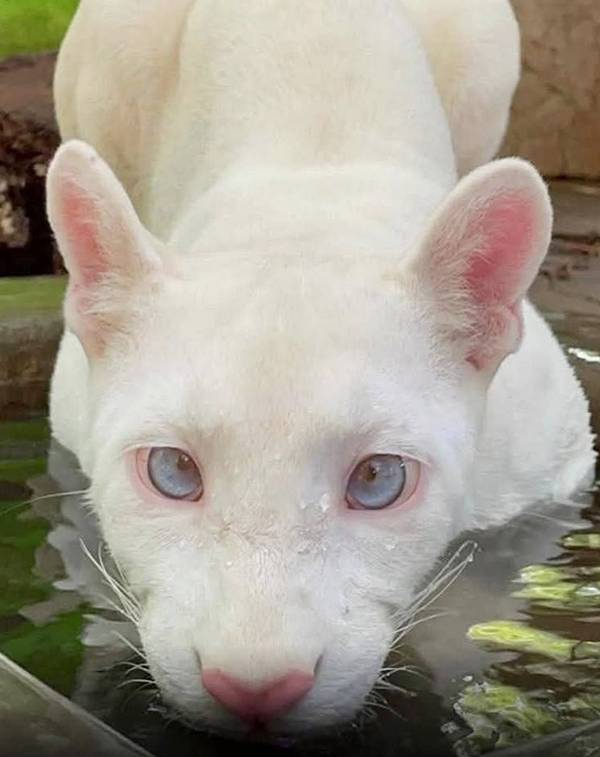
In the wild, an albino puma’s chances of survival would be slim. Its bright coat makes camouflage nearly impossible, leaving it more exposed to predators and hunters. Yet, in a protected environment like the Thomas Belt Zoo, Itzae has the chance not only to survive but to thrive.
For scientists, this unique cub represents an invaluable opportunity. Studying its genetics could shed light on how albinism develops and how it affects behavior, health, and evolution across species. Each piece of data helps experts better understand biodiversity and the delicate balance that sustains life on our planet.
A symbol of beauty and fragility
Despite its scientific importance, Itzae’s story resonates on a more emotional level. There’s something deeply moving about a creature that embodies both fragility and strength—born with a condition that makes survival difficult, yet thriving against all odds. The cub’s ghostly beauty captures a sense of mystery that feels almost spiritual, as if nature herself painted a masterpiece to remind us of her unpredictability.
Photographs of Itzae have quickly spread across the world, capturing hearts on social media and inspiring wildlife advocates to learn more about conservation efforts in Central America. The cub’s presence underscores how even small, local discoveries can have global significance.
For the Nicaraguan people, Itzae has become more than a rare animal—it’s a national treasure, a symbol of hope and pride that highlights the country’s natural richness and commitment to wildlife protection.
The importance of conservation and awareness
The birth of an albino puma like Itzae is not just a miracle of nature—it’s also a wake-up call about the fragility of ecosystems and the importance of conservation. As human activity continues to impact forests and habitats, the survival of species like the puma becomes increasingly uncertain.
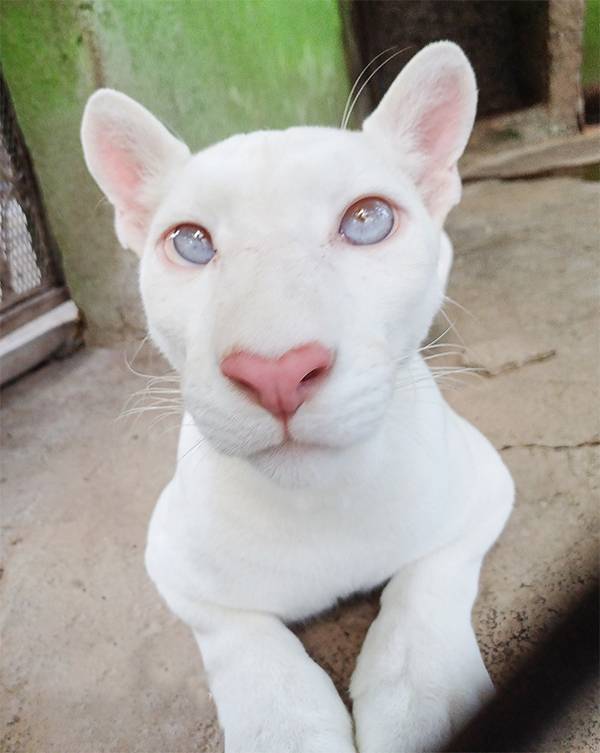
Zoos like Thomas Belt play a vital role in protecting endangered species, educating the public, and supporting scientific research. By caring for animals such as Itzae, they help preserve genetic diversity and raise awareness about how delicate and interconnected nature truly is.
Conservationists hope that stories like this will inspire more people to support wildlife protection, whether through donations, advocacy, or sustainable lifestyle choices. Every small action contributes to a larger effort to ensure that rare and extraordinary animals continue to exist for generations to come.
A living legend of the wild
In the dense green jungles of Nicaragua, surrounded by a symphony of insects and birds, a pale shape moves softly among the shadows. Itzae, the albino puma, stands as both a scientific marvel and a natural wonder—a ghost born of biology and beauty.
This “White Ghost of Nicaragua” reminds us that nature’s most astonishing moments often come when we least expect them. Beyond science and spectacle, Itzae’s story is one of resilience, adaptation, and the endless magic of the wild.
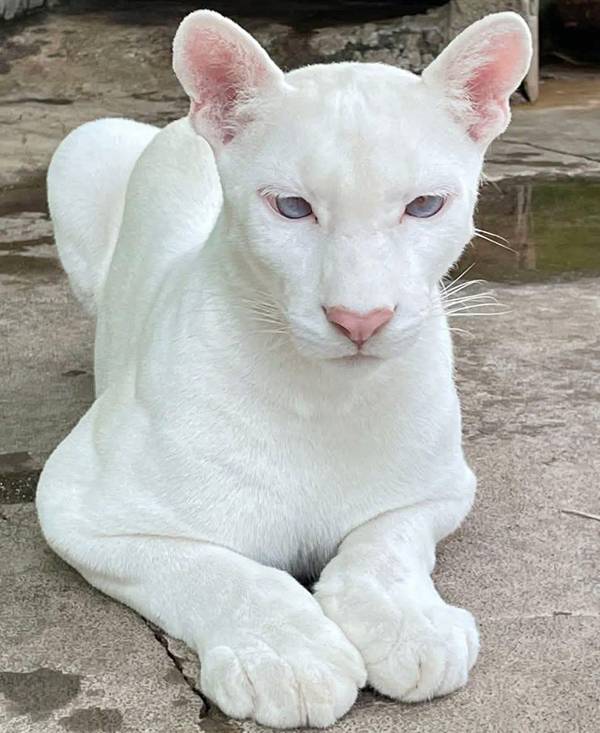
As the cub grows, it will continue to inspire fascination and research, a living legend that bridges the gap between myth and reality. Because sometimes, the wilderness doesn’t just give us creatures—it gives us stories, miracles, and hope.

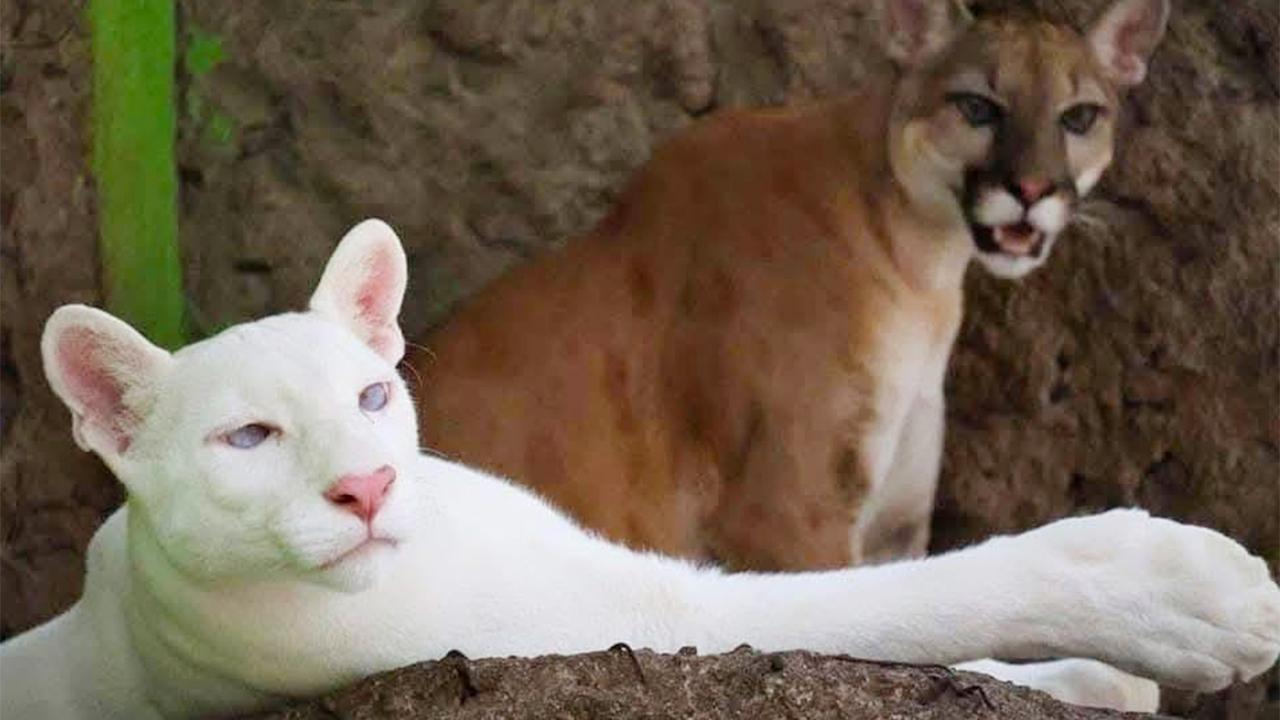
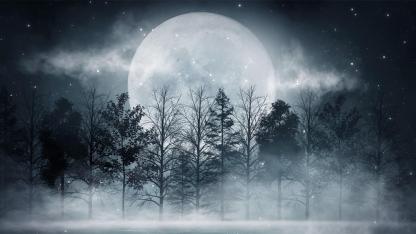
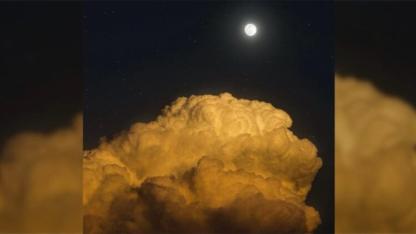
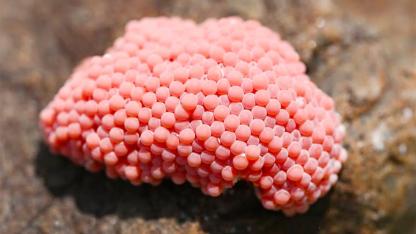

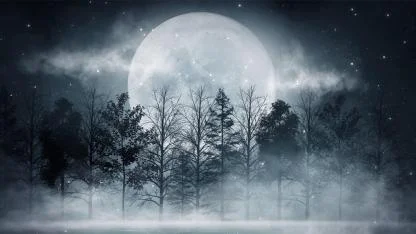
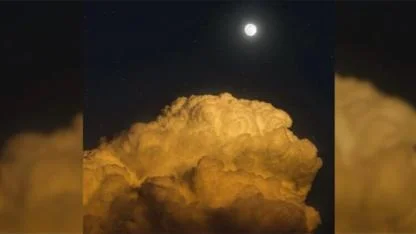
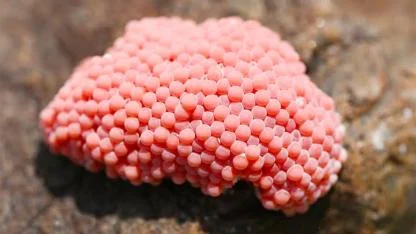

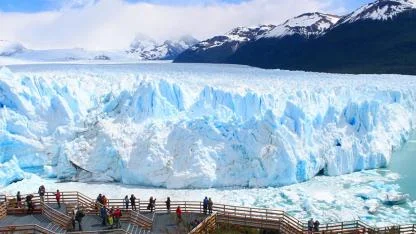
Yorumlar
Kalan Karakter: